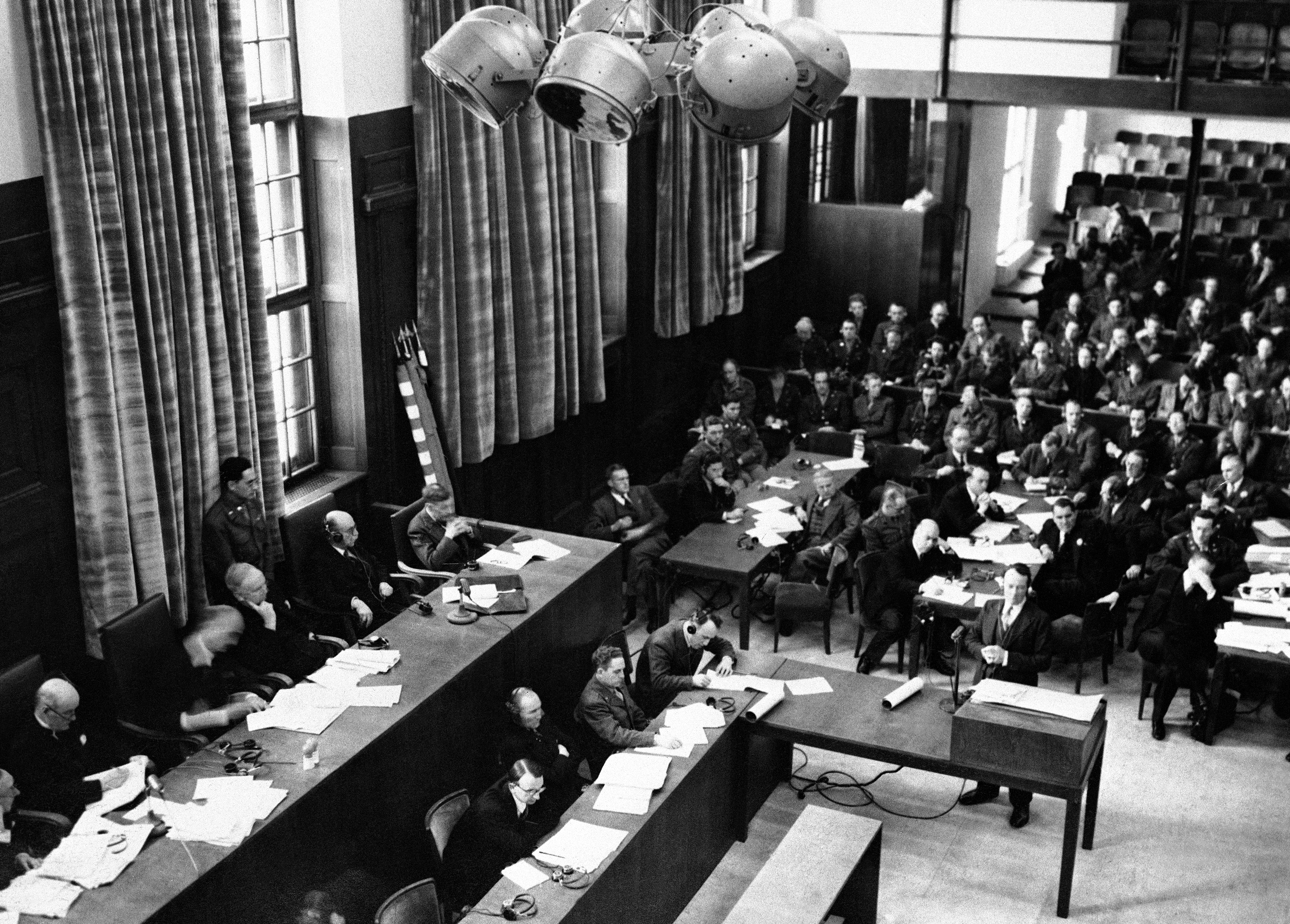In 1777, during the American Revolution, British forces captured Fort Ticonderoga. In this 2016 photo an historical interpreter tailors trousers in a window of barracks at Fort Ticonderoga. (AP Photo/Mike Groll)
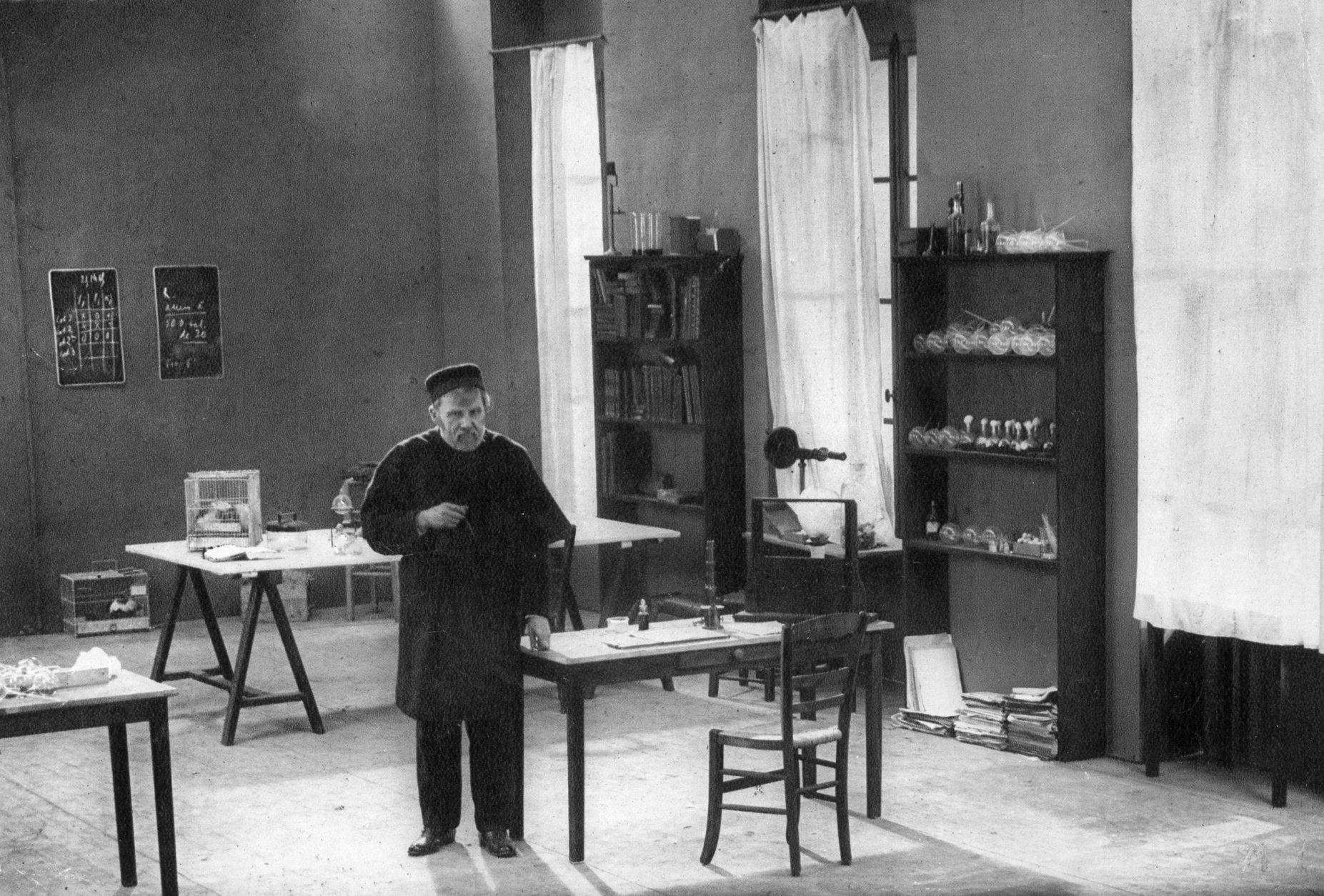
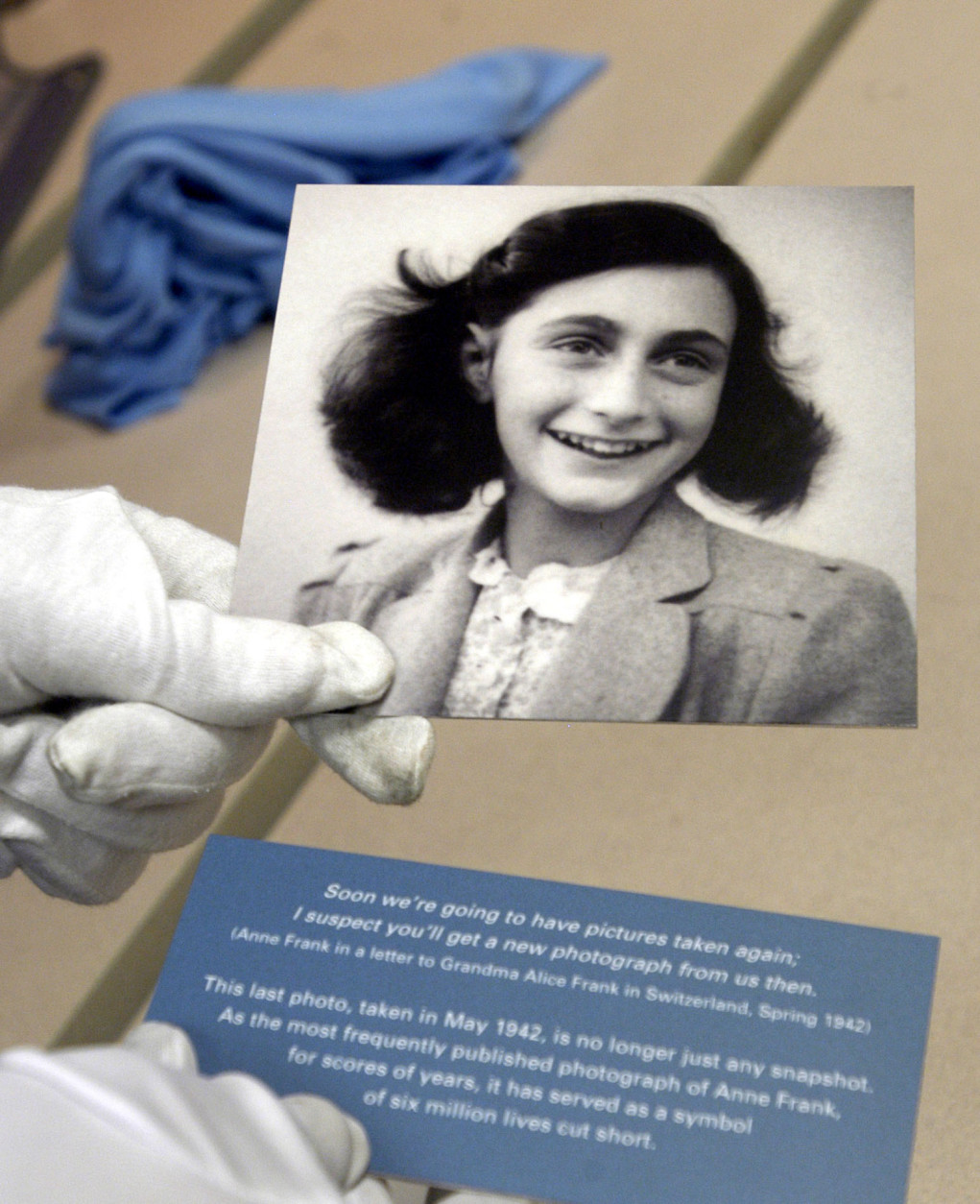
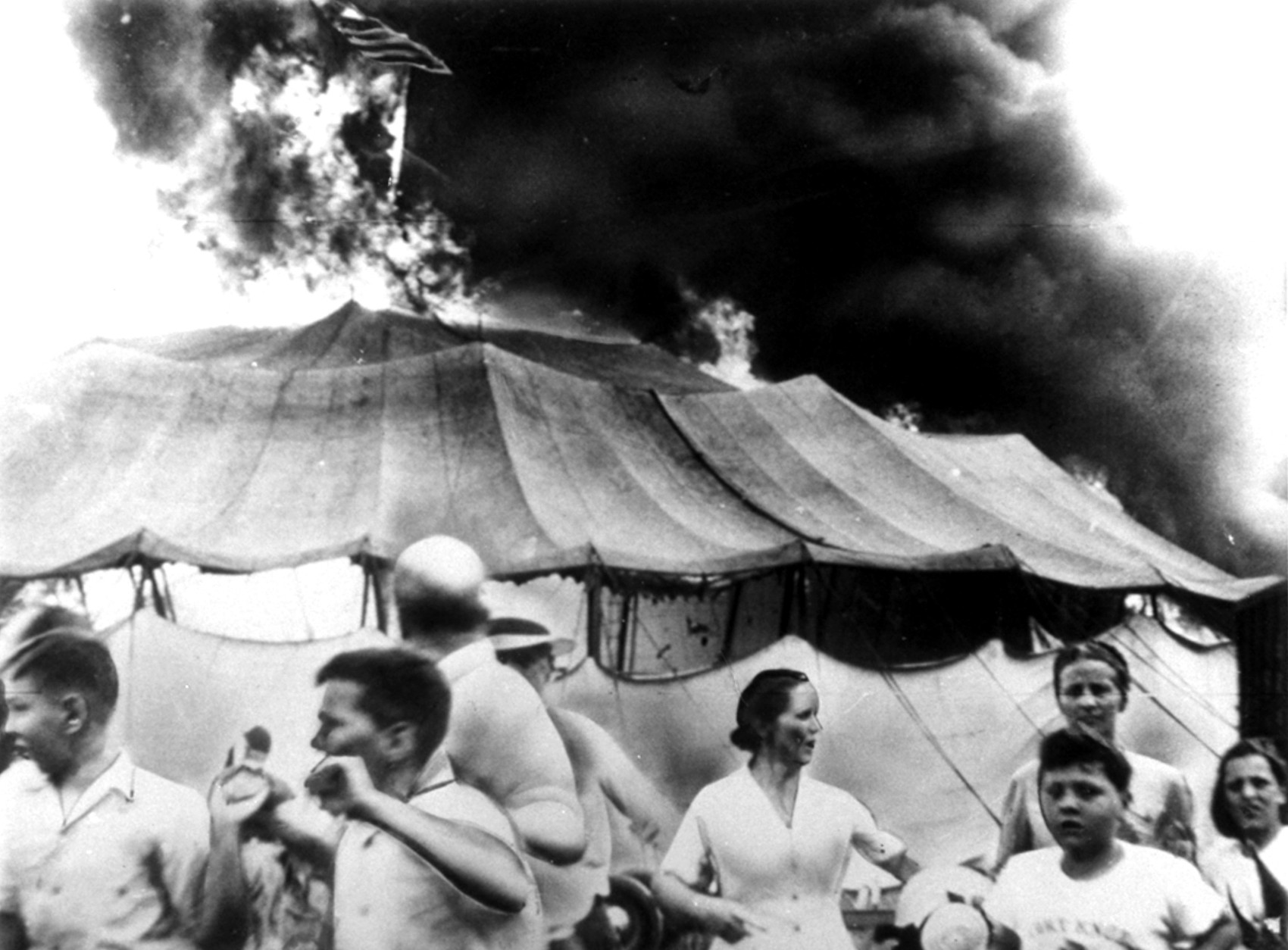
In 1957, Althea Gibson became the first black tennis player to win a Wimbledon singles title as she defeated fellow American Darlene Hard 6-3, 6-2. In this 1957 file photo, Gibson, holding the large gold plate presented to her as the winner of the Women’s Singles Tennis title at the All England Lawn Tennis Championships in Wimbledon, London, is kissed by her opponent, Darlene Hard. (AP Photo, File)
In 1971, jazz trumpeter and singer Louis Armstrong died in New York at age 69. In a 1971 file photo, Armstrong practices with his horn at his Corona, New York home. (AP Photo/Eddie Adams, File)
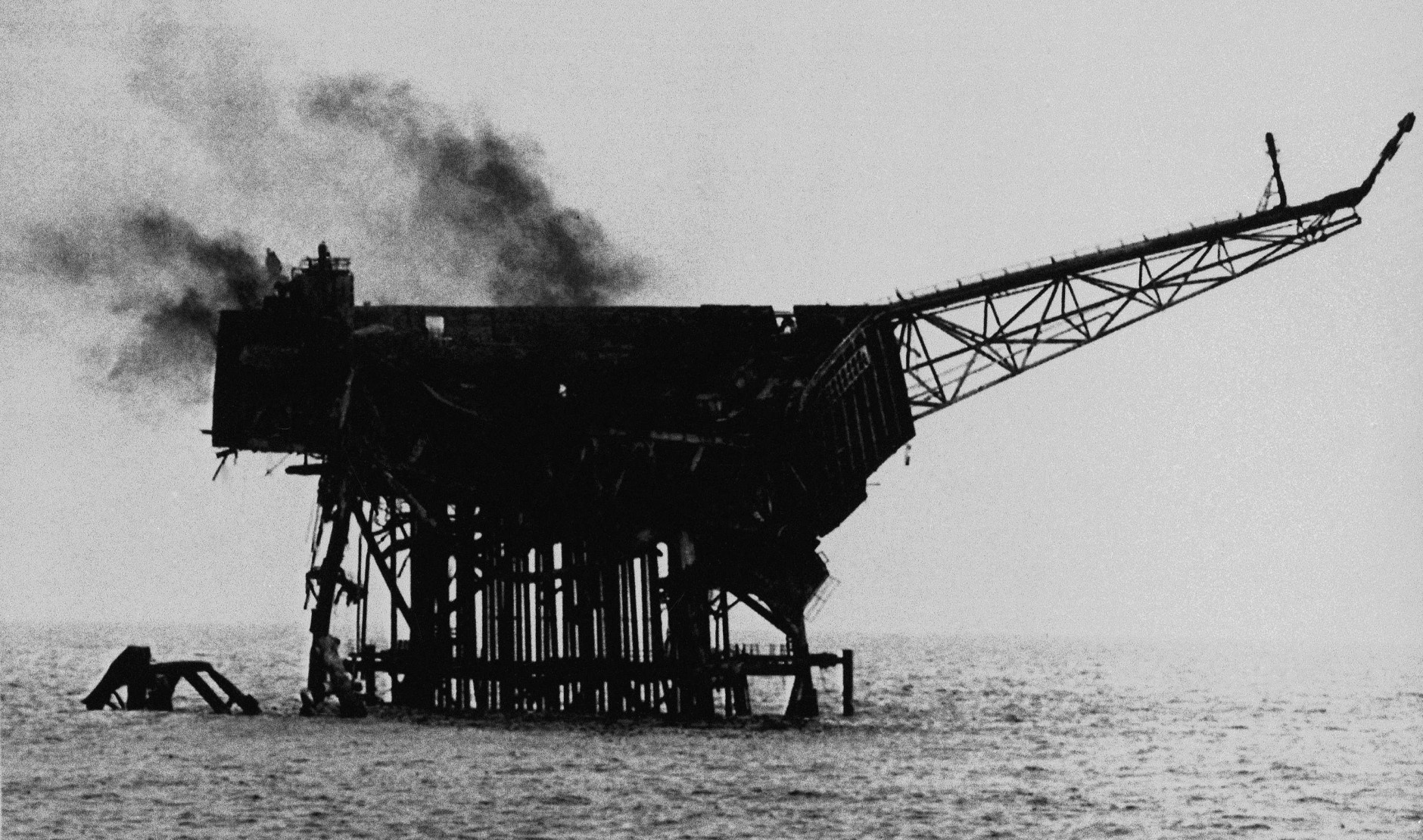
In 1988, 167 North Sea oil workers were killed when explosions and fires destroyed a drilling platform. Medical waste and other debris began washing up on New York City-area seashores, forcing the closing of several popular beaches. Here, smoke rises from the burnt out shell of the Piper Alpha oil platform in the North Sea off the coast of Aberdeen, Scotland. (AP Photo)
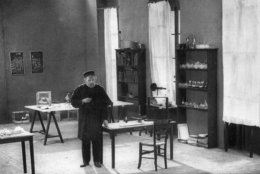
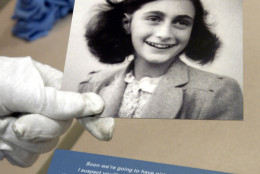
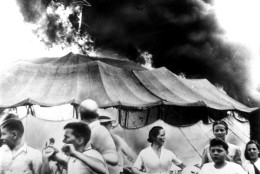
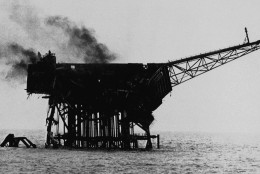
Today is Saturday, July 6, the 187th day of 2019. There are 178 days left in the year.
Today’s Highlights in History:
On July 6, 1885, French scientist Louis Pasteur tested an anti-rabies vaccine on 9-year-old Joseph Meister, who had been bitten by an infected dog; the boy did not develop rabies.
On this date:
In 1535, Sir Thomas More was executed in England for high treason.
In 1777, during the American Revolution, British forces captured Fort Ticonderoga.
In 1942, Anne Frank, her parents and sister entered a “secret annex” in an Amsterdam building where they were later joined by four other people; they hid from Nazi occupiers for two years before being discovered and arrested.
In 1944, an estimated 168 people died in a fire that broke out during a performance in the main tent of the Ringling Bros. and Barnum & Bailey Circus in Hartford, Connecticut.
In 1945, President Harry S. Truman signed an executive order establishing the Medal of Freedom. Nicaragua became the first nation to ratify the United Nations Charter.
In 1957, Althea Gibson became the first black tennis player to win a Wimbledon singles title as she defeated fellow American Darlene Hard 6-3, 6-2. Sixteen-year-old John Lennon first met 15-year-old Paul McCartney when Lennon’s band, the Quarrymen skiffle group, performed a gig at St. Peter’s Church in Woolton, Liverpool.
In 1962, Nobel Prize-winning author William Faulkner, one of the giants of Southern literature, died in Byhalia, Mississippi, at age 64.
In 1964, the movie “A Hard Day’s Night,” starring The Beatles, had its world premiere in London.
In 1971, jazz trumpeter and singer Louis Armstrong died in New York at age 69.
In 1988, 167 North Sea oil workers were killed when explosions and fires destroyed a drilling platform. Medical waste and other debris began washing up on New York City-area seashores, forcing the closing of several popular beaches.
In 1994, 14 firefighters were killed while battling a several-days-old blaze on Storm King Mountain in Colorado.
In 1997, the rover Sojourner rolled down a ramp from the Mars Pathfinder lander onto the Martian landscape to begin inspecting the soil and rocks of the red planet.
Ten years ago: Robert McNamara, the Pentagon chief who’d directed the escalation of the Vietnam War despite private doubts, died in Washington, D.C., at 93. President Barack Obama opened a two-day Moscow summit with Russian President Dmitry Medvedev. Doctors at four hospitals in four states (Maryland, Missouri, Oklahoma and Michigan) finished transplanting eight kidneys over three weeks.
Five years ago: Israel arrested six Jewish suspects in the slaying of a Palestinian teenager who was abducted and burned alive, apparently in retaliation for the killings of three Israeli teenagers. Novak Djokovic won his second Wimbledon title and denied Roger Federer his record eighth by holding off the Swiss star in five sets, 6-7 (7), 6-4, 7-6 (4), 5-7, 6-4.
One year ago: The United States and China imposed tariffs on billions of dollars of each other’s goods in what Beijing called the “biggest trade war in economic history.” Japan’s Justice Ministry confirmed that six followers of the Aum Shinrikyo doomsday cult had been hanged along with its leader, Shoko Asahara; they had been convicted of crimes including a 1995 sarin gas attack that killed 13 people and sickened thousands of others on the Tokyo subway system. A former Thai navy SEAL died while diving in flooded cave passageways to deliver supplies to 12 schoolboys and their soccer coach who’d been trapped for nearly two weeks.
Copyright © 2024 The Associated Press. All rights reserved. This material may not be published, broadcast, written or redistributed.


